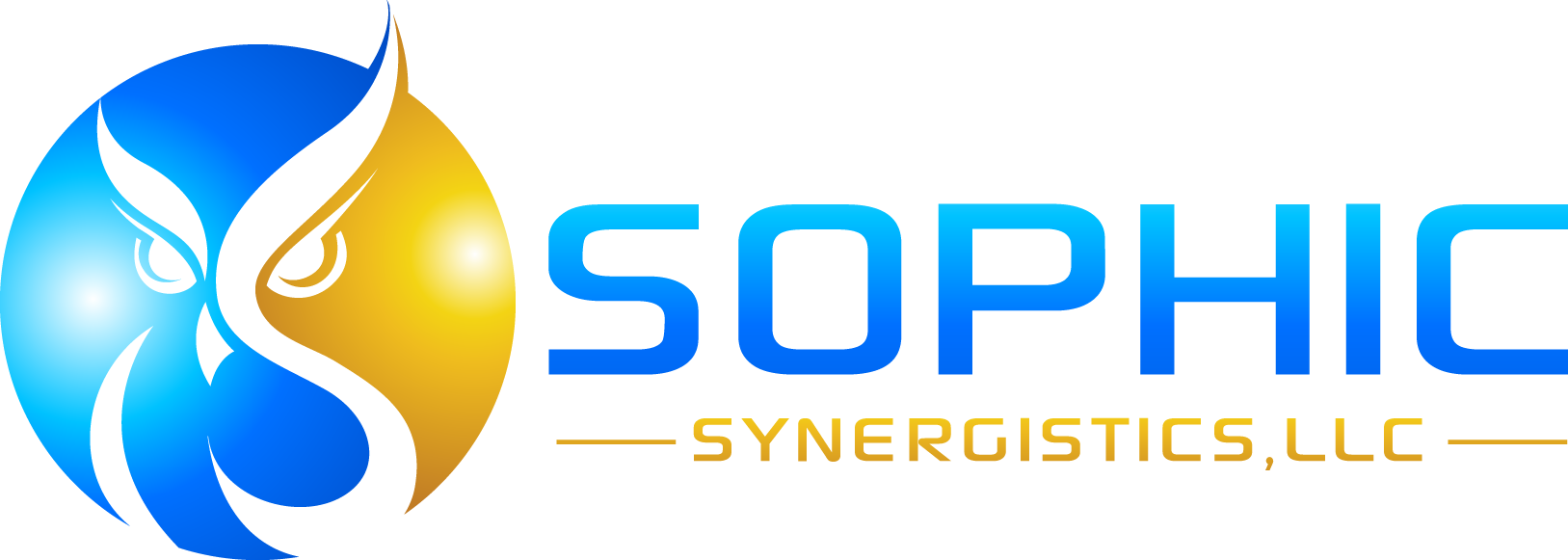For every business, an important goal for success is to achieve high consumer/user satisfaction. To achieve high consumer/user satisfaction, you must adequately understand what people need and how people use your product or service.
One of the best ways to understand what people need and how people will use a product or service is to ask them directly and observe how they interact with your goods or services. This practice is known as user research/testing, and it’s one of the most effective methods to boost user acceptance, customer satisfaction, growth, and profitability.
Unfortunately, user research/testing is often confused with market research. This causes many companies to miss consumer opportunities and innovations. Market research focuses on data collection that determines whether or not your product or service has a potential customer base. Market research will help your firm gather useful information about consumer spending habits, demographics, economic shifts, market trends, and your competitors.
Both market research and user research/testing are critical pieces of the puzzle, but it is important to understand when to use each method. Having an adequate understanding of how the two methodologies work together throughout your product’s life cycle will allow you to work more effectively with your product development and marketing teams to grow your business.
What Comes First: The Chicken Or The Egg?
Market research is typically the first step in the product development life cycle. The process uses both qualitative and quantitative methods to identify what people might want to buy and how they might use a product or service. Placing significant weight on what people say rather than what people actually do or need.
Once you’ve determined that there is a potential market for a particular product or service user research/testing is the next step. Similarly, user research/testing utilizes both qualitative and quantitative methods. However, user research/testing does not focus on the market, demographics, trends or what people say they will buy. Instead, emphasis is placed on the individual users and what they need vs. what they might want and how they will interact with a product or service. User research/testing is much more specific and dives deeper into human interaction, behavior and ultimately the user experience. It is a valuable practice that provides organizations with direction about how solutions should be designed to meet the needs of users, resolve usability issues, and fulfill the need for new products and services.
To summarize, market research is best used in the beginning stages of product concept development to determine: is there a market, what the market size is, what are the trends and relevant price points, and who the competition is. Once these questions have been answered, user research/testing is the next step to acquiring a deeper understanding of our consumers, their needs and how they will interact with products or services. The information gained about consumer needs often leads to significant cost savings, improved user acceptance and experience outcomes, and solve unmet needs. All of which helps your business diversify, capture new markets, increase ROI and develop market innovations.


